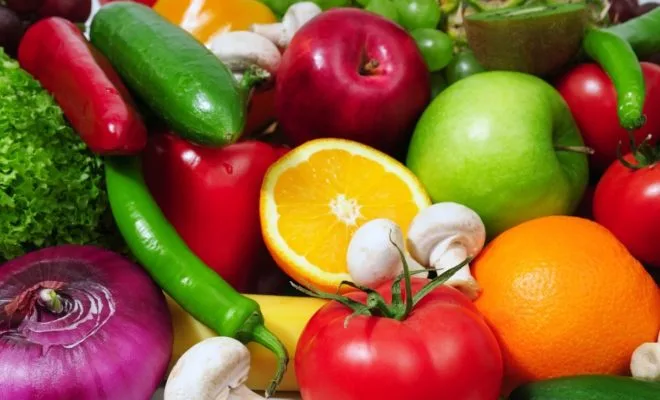Store Your Food Properly To Preserve Its Nutrients

To extend the life of food, ensure its hygiene and preserve its nutrients, you are spoiled for choice when it comes to preservation. Indeed, these new safe and effective methods help prevent bacterial growth, so that foods retain their taste qualities and are safe enough to consume later. So what are these methods of food preservation?
Article summary
How to properly store food to retain nutrients:
Freezing, refrigeration and deep freezing
Vacuuming food
Jarring food
Dehydration and drying
Preservation by smoking
Salting and brining
How to properly store food to retain nutrients:
Freezing, refrigeration and deep freezing
Storing food at low temperatures is the easiest and often safest way to store virtually any food because cold slows bacterial growth and minimizes spoilage. For refrigeration, storage can last from a few days to a few weeks before the texture and taste deteriorate depending on the type of food.
For foods to be frozen or deep-frozen: meats, fish, fruits and vegetables; you put them in freezer bags to give them a longer shelf life. The freezer thus preserves the quality and nutrients of the food.
Vacuuming food
Vacuum packing uses the same process as canning. In fact, vacuum packaging deprives bacteria of all oxygen by creating an airtight atmosphere. Certainly, food doesn’t last as long as canned food, but vacuuming allows you to extend the shelf life longer than simply storing it in the refrigerator or cupboard.
The particularity of vacuum packaging is its ability to preserve the taste quality and freshness of foods without having to resort to other ingredients as in the case of canning. In the absence of air, vacuum-packed foods also retain their moisture, ensuring optimal food quality.
Jarring food
This is the preservation method very popular with our grandmothers. Storing food in jars considerably extends its shelf life, without compromising its taste and nutritional quality. Jarring allows you to preserve brined foods and cooked dishes in airtight jars. The food will thus be deprived of oxygen thanks to an airtight seal. These foods are immersed in an acidic, sweet or salty environment where bacteria cannot grow.
Also read: Starting theater classes for beginners: why?
Dehydration and drying
This method of preservation consists of partially or completely removing the water contained in food. This exposes the food to a temperature high enough to remove moisture, but low enough that it won’t cook. As the food in question is devoid of water, this will slow down the proliferation of microorganisms and stop enzymatic activity, responsible for food deterioration. However, dried foods retain all their nutrients. For this method you can use a dehydrator, it is the best option. You can also dry foods in your oven or using heat from the sun, but the process will take longer and produce inferior results than foods dried in a dehydrator .
Preservation by smoking
Foods preserved by smoking add a new dimension to the taste of your diet. Smoking is a simple process that infuses the flavors of smoke and combustion into foodstuffs.
Salting and brining
Before the days of refrigeration, salt was one of the primary methods used to preserve food. There are two main ways to use salt to preserve food:
Dry salting: It consists of rubbing the surface of food with salt. The salt will thus suck up moisture, but also bacteria present in the food. Bacteria, mold and yeast will have difficulty surviving in a salty, low humidity environment.
Brining: Foods can be preserved with salt by brining. This involves immersing foodstuffs in a brine solution, a solution containing salt and pickling spices.



